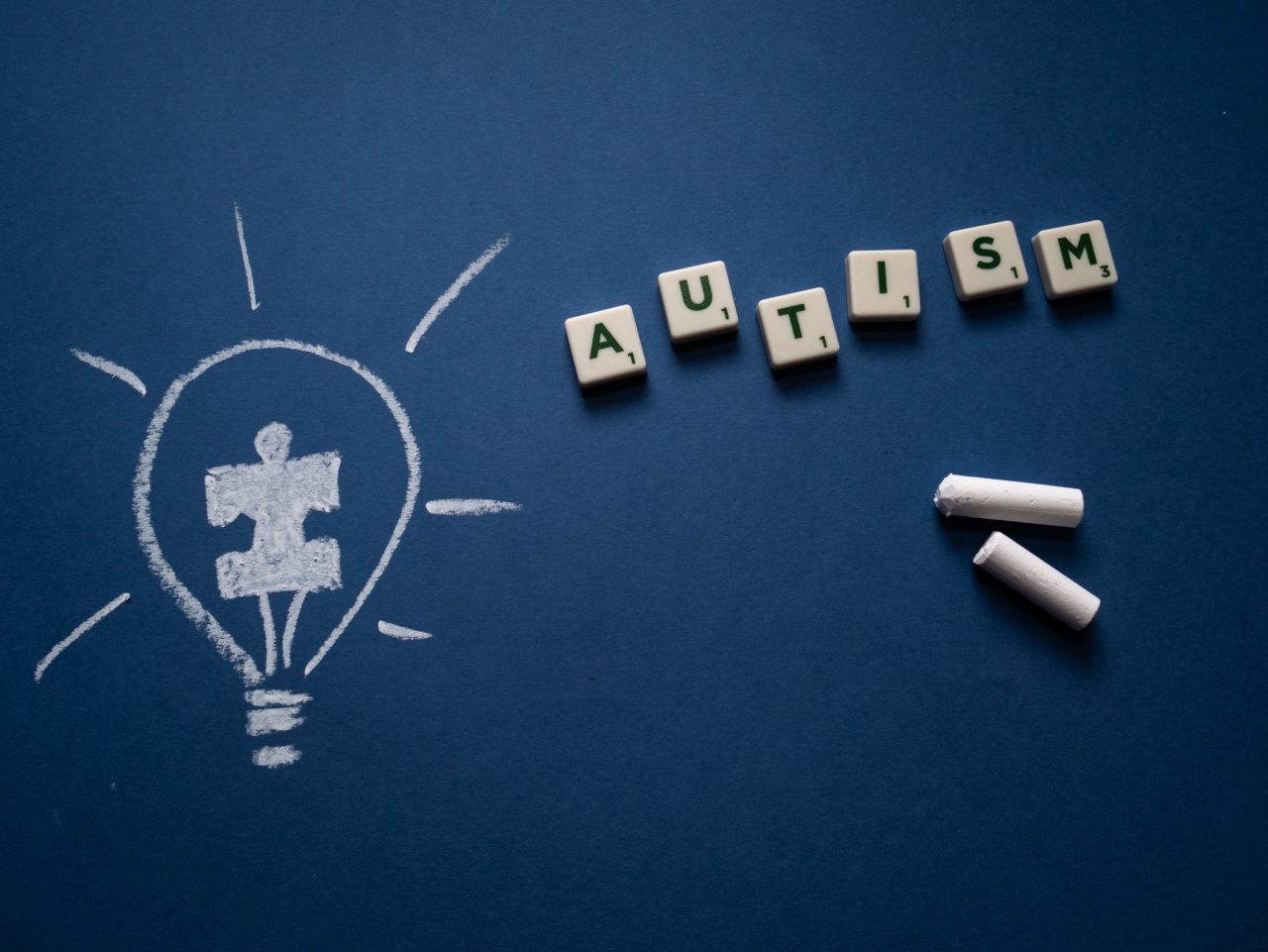Autism Spectrum Disorders (ASD) have long been a subject of fascination and confusion. From their mysterious origins to the wide range of behaviors they encompass, these disorders continue to puzzle researchers, clinicians, and families alike.
In this article, we will delve into the enigma that is autism, exploring its definition, prevalence, symptoms, causes, and available treatments.
Defining Autism Spectrum Disorders
ASD, often referred to simply as autism, is a complex neurodevelopmental disorder. It is characterized by persistent deficits in social interaction and communication skills, as well as restricted and repetitive patterns of behavior.
While there is considerable variation in the symptoms and severity of autism, individuals with ASD typically struggle with understanding and responding to social cues, engaging in reciprocal conversation, and displaying a range of interests and activities.
The Prevalence of Autism Spectrum Disorders
In recent years, the prevalence of autism has been steadily increasing. According to the Centers for Disease Control and Prevention (CDC), an estimated 1 in 54 children in the United States is diagnosed with ASD.
Boys are four times more likely to be diagnosed with autism than girls, although this gender disparity is not well understood. It is important to note that autism is a global phenomenon, affecting individuals of all racial, ethnic, and socioeconomic backgrounds.
Recognizing the Symptoms of Autism
The symptoms of autism can manifest at different stages of development, often becoming apparent during early childhood. Common signs include:.
- Delayed speech or language skills
- Lack of interest in social interactions
- Repetitive behaviors such as rocking or hand-flapping
- Difficulty understanding non-verbal communication cues
- Strong attachment to routines and resistance to change
It is important to remember that each individual with autism is unique, and their symptoms may vary in presentation and severity.
The Causes of Autism Spectrum Disorders
The exact causes of autism remain unknown, although research suggests that a combination of genetic and environmental factors play a role.
Many studies have found a strong genetic component, with certain genes associated with an increased risk of developing autism. Additionally, prenatal and early-life environmental factors, such as maternal infections, exposure to pollutants, and complications during pregnancy or birth, have also been implicated in the development of ASD.
Evaluating Autism: Diagnosis and Assessment
Diagnosing autism can be a complex process, as there is no definitive medical test for the disorder.
Instead, clinicians rely on comprehensive evaluations that consider the child’s behavior, social interactions, communication skills, and developmental history. Diagnostic tools, such as the Autism Diagnostic Observation Schedule (ADOS) and the Autism Diagnostic Interview-Revised (ADI-R), are commonly used to aid in the assessment of ASD.
Treatment Options for Autism
While there is currently no known cure for autism, various interventions and therapies can help individuals with ASD lead more fulfilling lives.
The most effective treatments are typically tailored to the individual’s specific needs and may include:.
- Behavioral therapies, such as Applied Behavior Analysis (ABA)
- Speech and language therapy
- Occupational therapy
- Social skills training
- Medication for managing associated symptoms such as anxiety or attention difficulties
Early intervention, starting as soon as a diagnosis is made, has been shown to have significant positive effects on long-term outcomes for individuals with autism.
Living with Autism: Support and Resources
Individuals with autism benefit greatly from a supportive and understanding environment. Family members, educators, and healthcare professionals play a crucial role in providing necessary support and access to appropriate resources.
Autism support groups, advocacy organizations, and educational programs geared towards individuals with ASD can help create a sense of community and provide valuable guidance for families.
The Future of Autism Research
As research on autism continues to progress, so does our understanding of this complex disorder.
Scientists are investigating various avenues, such as the role of genetics, environmental factors, and brain structure and function in the development of ASD. Advancements in technology, including neuroimaging techniques, may offer further insights into the neurological underpinnings of autism and pave the way for more targeted and personalized interventions.
Conclusion
Autism Spectrum Disorders remain an enigma, with many unanswered questions surrounding their origins, symptoms, and optimal interventions.
By unraveling the mystery of autism, researchers can hopefully pave the way for improved diagnostic tools, more effective treatments, and a better understanding of how to support individuals with ASD in all aspects of their lives.































